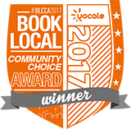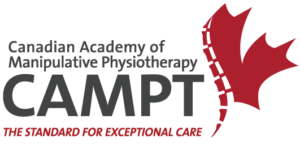As the Oakville Nutrience Half Marathon (5k, 10k) is coming up this weekend and as we’ve been working with Lions Valley Athletics, our Oakville Physiotherapists, Massage Therapists and Chiropodist have been seeing more injuries experienced by runners. Running is a popular exercise of choice for many Canadians and now that summer is over, many people are getting back into a regular routine of exercise. Whether training for an upcoming race, cross-training for a sport or getting outside for some fresh air and exercise, running is a sport often associated with injury. Below are some of the most common running related injuries and some tips on prevention.
1. Patellofemoral Pain Syndrome (PFPS)
PFPS can have the nickname “runner’s knee” and is probably the most common knee injury related to running. It is described as a dull pain located around or behind the patella (knee cap) and is often aggravated by running, descending stairs, squatting and prolonged sitting. PFPS can have a number of different causes, but is often related to muscular imbalance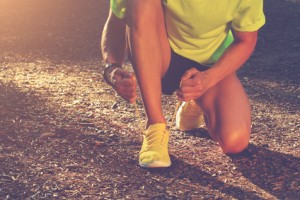 s in the knees and hips. It is important to have the cause of you knee pain assessed and diagnosed so you can do the exercises most appropriate for you.
s in the knees and hips. It is important to have the cause of you knee pain assessed and diagnosed so you can do the exercises most appropriate for you.
2. Iliotibial Band Syndrome (ITBS)
ITBS is an overuse injury created from friction from the IT band as it passes over bony prominences at the outside of the knee or hip. This causes an inflammation of the underlying structures and is often worse with increased activity. Pain is located on the outside of the knee or hip and sometimes is associated with a snapping sensation. ITBS can be due to a number of factors, including muscle imbalances, a difference in leg length, consistently running on a banked surface, excessive uphill or downhill running, old shoes and other anatomical factors.
3. Plantar Fasciitis
Plantar fasciitis is an inflammation of the plantar fascia, or the thick band on the bottom of the foot that helps support the arch of your foot. It is described as a sharp pain in the heel, which is most severe with the first few steps in the morning or with a prolonged period of rest. Plantar fasciitis can be caused by overtraining, tight calf muscles, poor footwear, a sudden increase in training distance or intensity, excessive weight or biomechanical factors such as increased pronation or a high arch.
4. Achilles Tendonitis
Achilles tendonitis is a common running injury causing pain and inflammation in the achilles tendon. It is described as a sharp or dull pain, and may be associated with limited ankle mobility and redness or heat over the area. It is caused by tight calf muscles, improper stretching, excessive hill training or speedwork, increased pronation or inflexible running shoes.
5. Shin Splints
Shin splints is a catch-all term for pain located in the shins. Pain located at the fro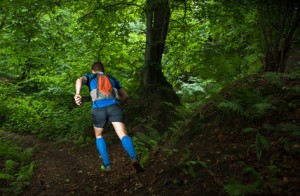 nt, outside part of the leg is associated with an overuse of the tibialis anterior muscle, whereas pain located in the inside of the shin is associated with an overuse of the tibialis posterior muscle. Repetitive use of the associated muscle causes inflammation of the periosteum and associated microdamage of the muscle. Shin splints can be caused by overuse, an increase in training mileage or intensity, inadequate stretching, overpronation, improper or worn out footwear. Shin splints can often be misdiagnosed, and may be a different issue such as a stress fracture or compartment syndrome. It is important to get a thorough examination by a Physiotherapist to ensure the appropriate treatment.
nt, outside part of the leg is associated with an overuse of the tibialis anterior muscle, whereas pain located in the inside of the shin is associated with an overuse of the tibialis posterior muscle. Repetitive use of the associated muscle causes inflammation of the periosteum and associated microdamage of the muscle. Shin splints can be caused by overuse, an increase in training mileage or intensity, inadequate stretching, overpronation, improper or worn out footwear. Shin splints can often be misdiagnosed, and may be a different issue such as a stress fracture or compartment syndrome. It is important to get a thorough examination by a Physiotherapist to ensure the appropriate treatment.
6. Meniscal Injuries
The meniscus is made up of two crescent shape fibrocartilaginous structures in the knee joint that help with shock absorption, help improve joint congruency and stabilize the knee. Although meniscus injuries are more common with sports that involve twisting motions through the knee (such as football or soccer) than with running alone, meniscal problems can be the result of repeated small injuries that lead to the breakdown of the structure. Meniscal injuries can also be made worse by running, especially running excessive distances in a week. Pain is typically located on the inside of the knee at the joint line and is associated with the medial meniscus, but can also be located on the outside of the knee and affect the lateral meniscus.
It’s important to address injuries early to prevent them from worsening. In our experience in Physio, Massage and Chiropody in our Oakville clinic, when an issue is addressed earlier your recovery tends to be faster as well. Stay tuned for a second blog on the Prevention of Running Injuries!
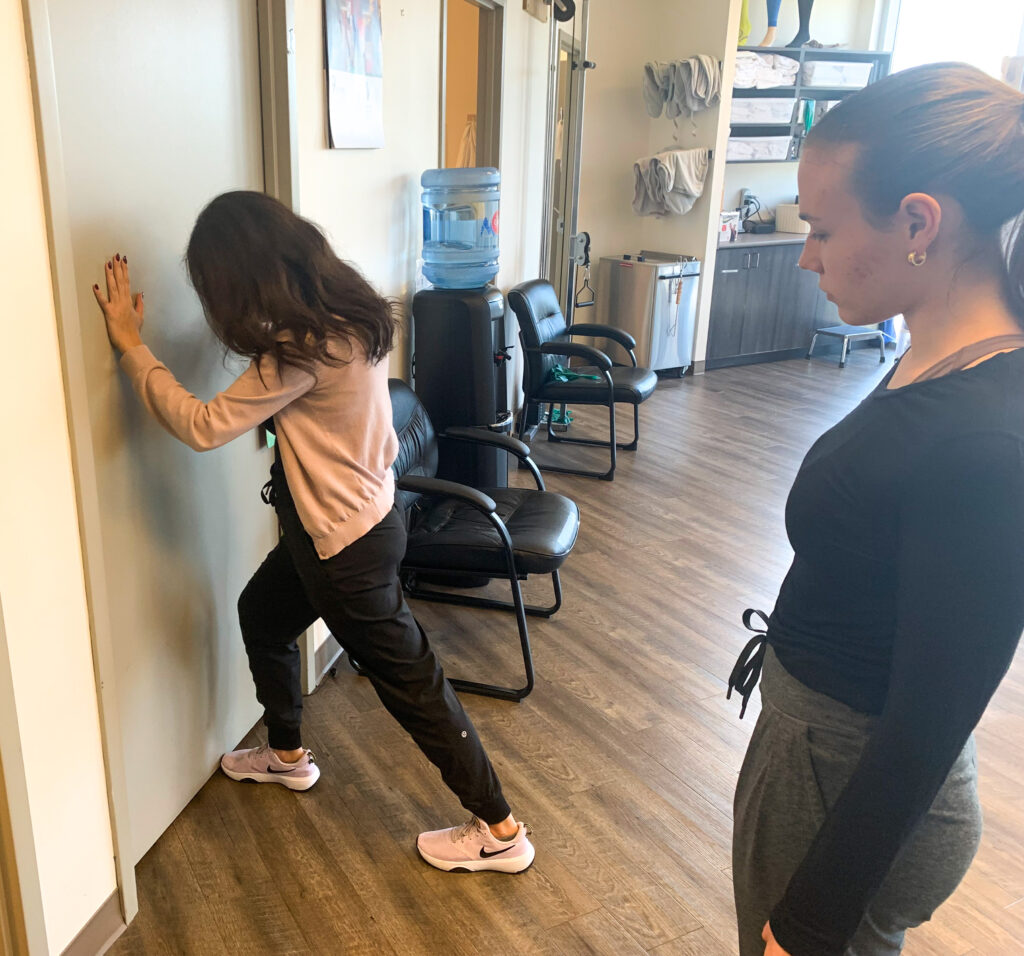



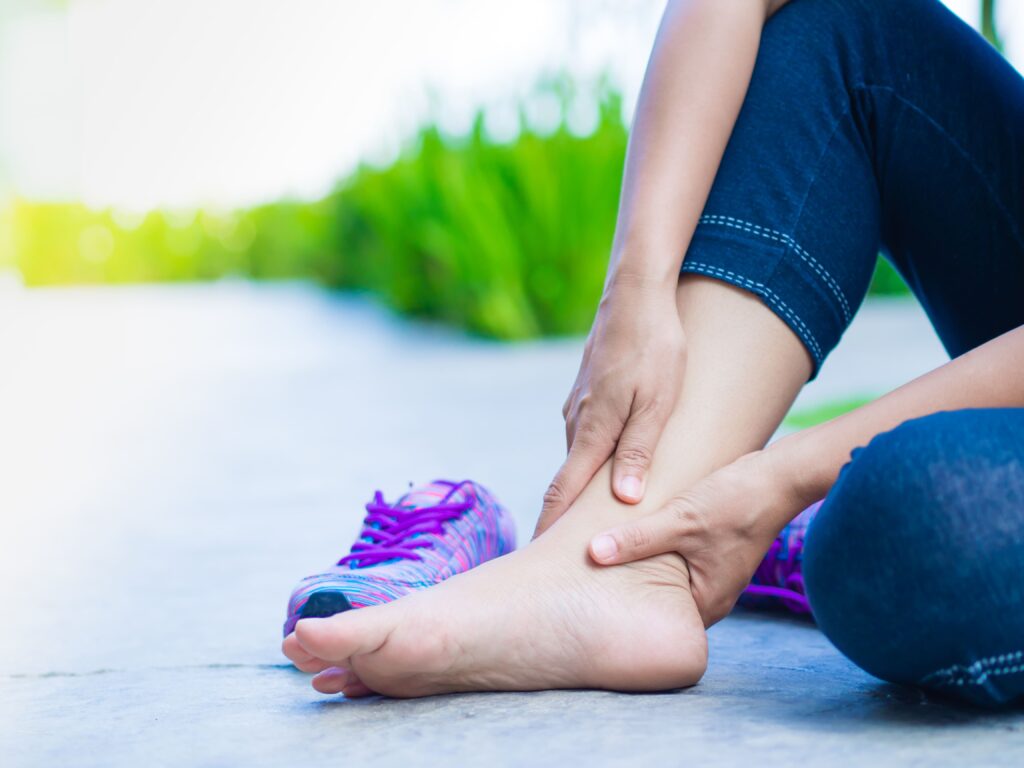
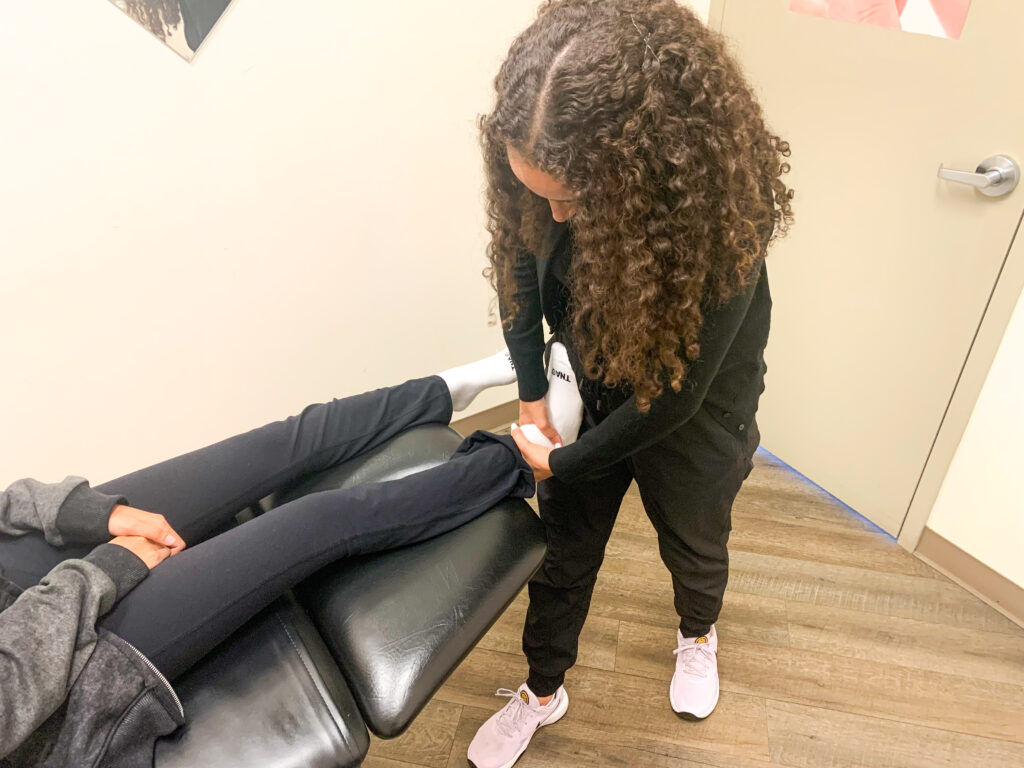
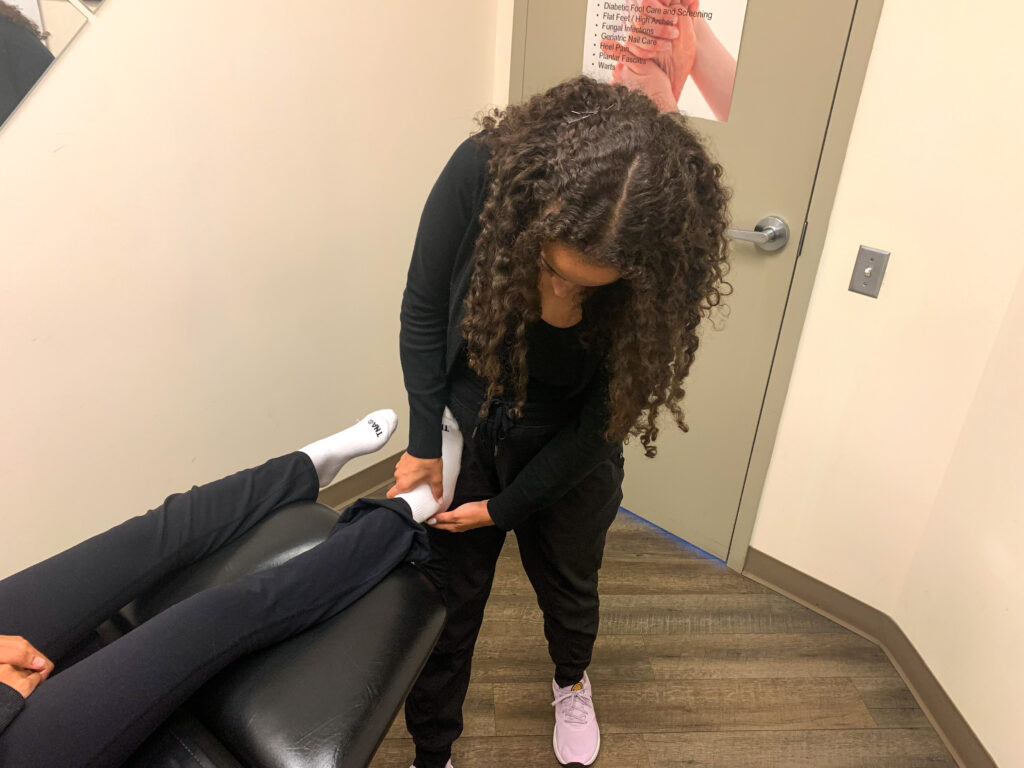
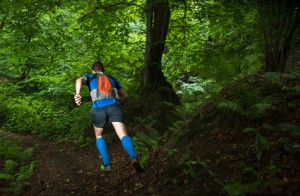
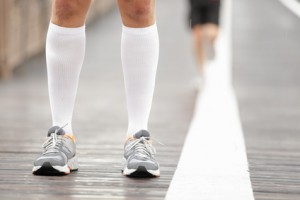

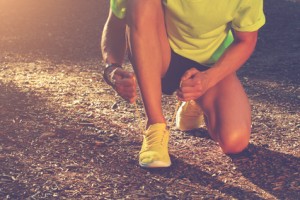
 s in the knees and hips. It is important to have the cause of you knee pain assessed and diagnosed so you can do the exercises most appropriate for you.
s in the knees and hips. It is important to have the cause of you knee pain assessed and diagnosed so you can do the exercises most appropriate for you.
